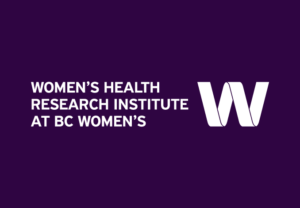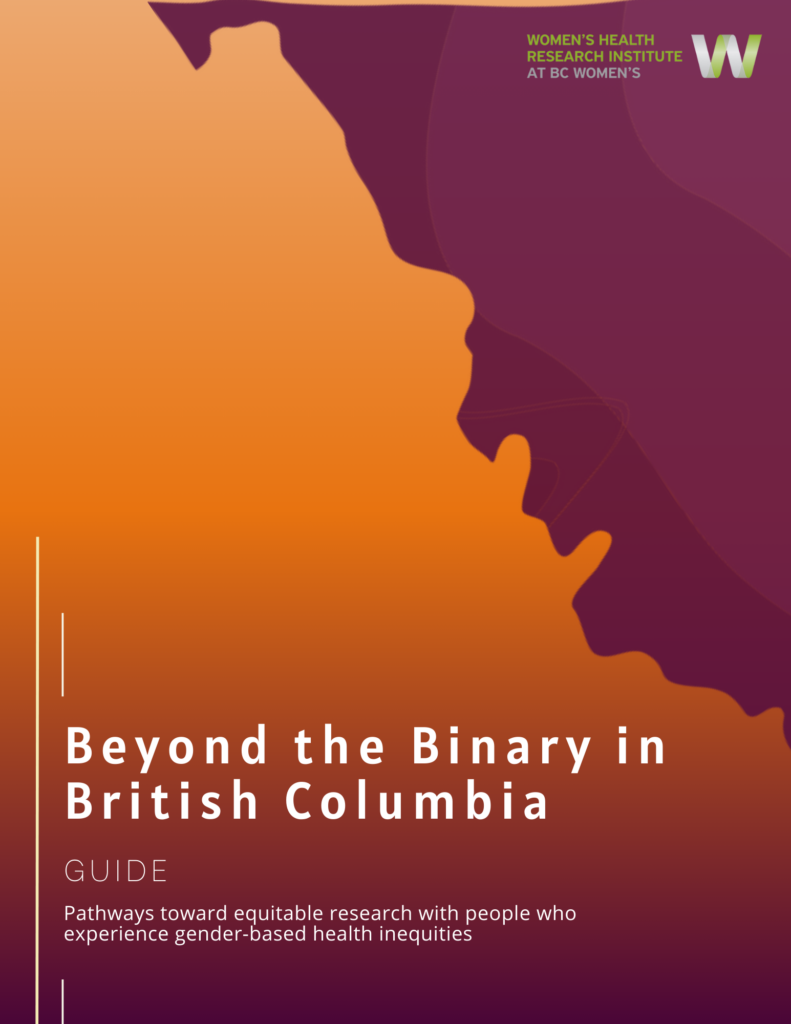
August is Intersectionality Awareness Month
August is Intersectionality Awareness Month that is dedicated to exploring and understanding the concept of Intersectionality, a term introduced by Kimberlé Crenshaw in 1989. Intersectionality examines how various forms of identity—such as race, gender, class, sexuality, sexual orientation, religion, ethnicity, ability and more—interact and overlap, creating unique experiences of both privilege and oppression.
Example of Intersectionality
Example: Black girls are six times more likely to be suspended than white girls. Crenshaw explains, “that this is a race and a gender problem, not just race problem, not just a gender problem… it’s the convergence of race stereotypes or gender stereotypes that may play a role” in all interactions within schools.
The importance of understanding Intersectionality is that it acknowledges how multifaceted social identities are and the inequities that individuals face in systems, institutions, society, and their communities and many more areas.
Intersectionality Bundle
We encourage you to explore these resources created by the women’s health research community and share them with anyone who may find them helpful. Further to utilize these resources to reflect on your own identities, and their intersections.
Learn
What is Intersectionality?
Kimberlé Crenshaw, a 2017 NAIS People of Color Conference speaker, civil rights advocate, and professor at UCLA School of Law and Columbia Law School, talks about intersectional theory, the study of how overlapping or intersecting social identities—and particularly minority identities—relate to systems and structures of discrimination.
Exploring Intersectionality with Bell Hooks
This article examines bell hooks’ early life motivations and influences that fueled her critical perspectives of activism, feminist, and many other topics centered in socioeconomic class, intersectionality, and the experiences in which Black women interact with society.

CW Lunch & Learn: Intersectionality and its role in edi
Watch this insightful Lunch & Learn with Oakley Ramprashad, Equity, Diversity, and Inclusion Manager at BC Children’s Hospital Research Institute. They discuss Intersectionality, it’s history and it’s role in EDI work. Further this video will support understanding the relationship between Intersectionality, power, privilege, and positionality.
The Wheel of Power and Privilge
Watch this insightful Lunch & Learn with Oakley Ramprashad, Equity, Diversity, and Inclusion Manager at BC Children’s Research Institute. They discuss Intersectionality, it’s history and it’s role in EDI work. Further this video will support understanding the relationship between Intersectionality, power, privilege, and positionality.

Practice
Beyond the Binary In BC Guide
The Beyond the Binary Guide is a comprehensive, community-informed resource that is designed to support the research community reflect on language use and why it matters. Further this guide covers three main approaches to language being; gender additive, gender neutral, and anatomy based.
What is Reflexivity?
The practice of locating ourselves within research, social, cultural contexts. You can refer to your location, relative to power, and identities as Positionality. Reflexivity practices can help generate awareness of what influences our decisions and priorities across research processes.
Intersectionality Guide
The Intersectionality and Knowledge Translation (KT) Project enhances KT frameworks by integrating an intersectional lens, focusing on how intersecting social factors such has age, gender, sexuality, religion and many more can have significant impacts on KT projects. This project provides tools, frameworks, education, and training to support taking an intersectional approach in KT.
LIsten
Intersectionality Matters Podcast
Kimberlé Crenshaw and a group of leading champions for equitable healthcare take us behind the “white coat” of medical racism, and explore its disproportionate impact on Black women and girls in her podcast Intersectionality Matters!. Guests share their own stories being mistreated and ignored as patients, and reflect on the struggles they’ve endured as Black woman doctors working in a medical system with roots in eugenics and racialized violence.
Footnotes
1. Carbado, D. W., Crenshaw, K. W., Mays, V. M., & Tomlinson, B. (2013). INTERSECTIONALITY: Mapping the Movements of a Theory. Du Bois review : social science research on race, 10(2), 303–312. https://doi.org/10.1017/S1742058X13000349
2. Beyond the Binary – Women’s Health Research Institute. (n.d.). https://whri.org/our-initiatives/beyond-the-binary/
3. 37. Black Women’s Health Through the Twin Pandemics. (2021, May 14). Spotify. https://open.spotify.com/episode/4HPCDYOvGlMVrp2KkSWNoQ?si=JzHKlkC7TVm0VGwnBTRBcg&nd=1&dlsi=ce2f2ce3902f4586
4.Government of Canada, Canadian Institutes of Health Research, Institutes, Institutes of Gender and Health. (2021, August 4). Meet the Methods Series: “What and who is Two-Spirit?” in Health Research – CIHR. https://cihr-irsc.gc.ca/e/52352.html
5. Intersectionality & KT – Knowledge Translation Program. (n.d.). https://knowledgetranslation.net/portfolios/intersectionality-and-kt/
6. National Association of Independent Schools (NAIS). (2018, June 22). Kimberlé Crenshaw: What is Intersectionality? [Video]. YouTube. https://www.youtube.com/watch?v=ViDtnfQ9FHc
7. The Palgrave Handbook of Educational Thinkers. (2024). In Springer eBooks. https://doi.org/10.1007/978-3-031-25134-4
8. Women’s Health Research Institute. (2024, April 19). Intersectionality and it’s role in equity Diversity and Inclusion ( EDI) [Video]. YouTube. https://www.youtube.com/watch?v=a3Xz5MImkqU


